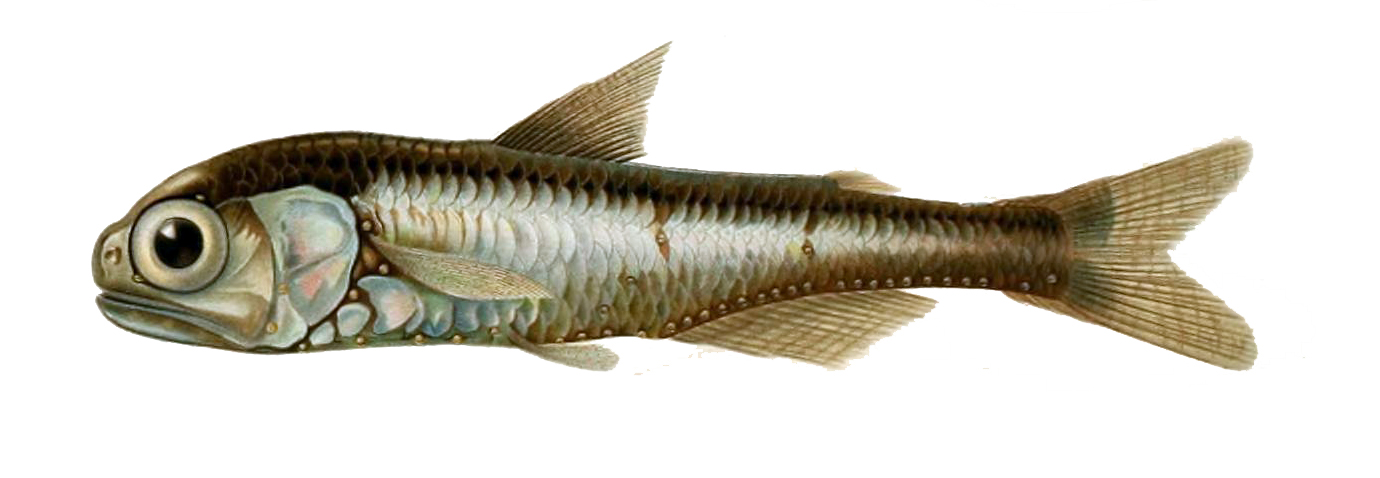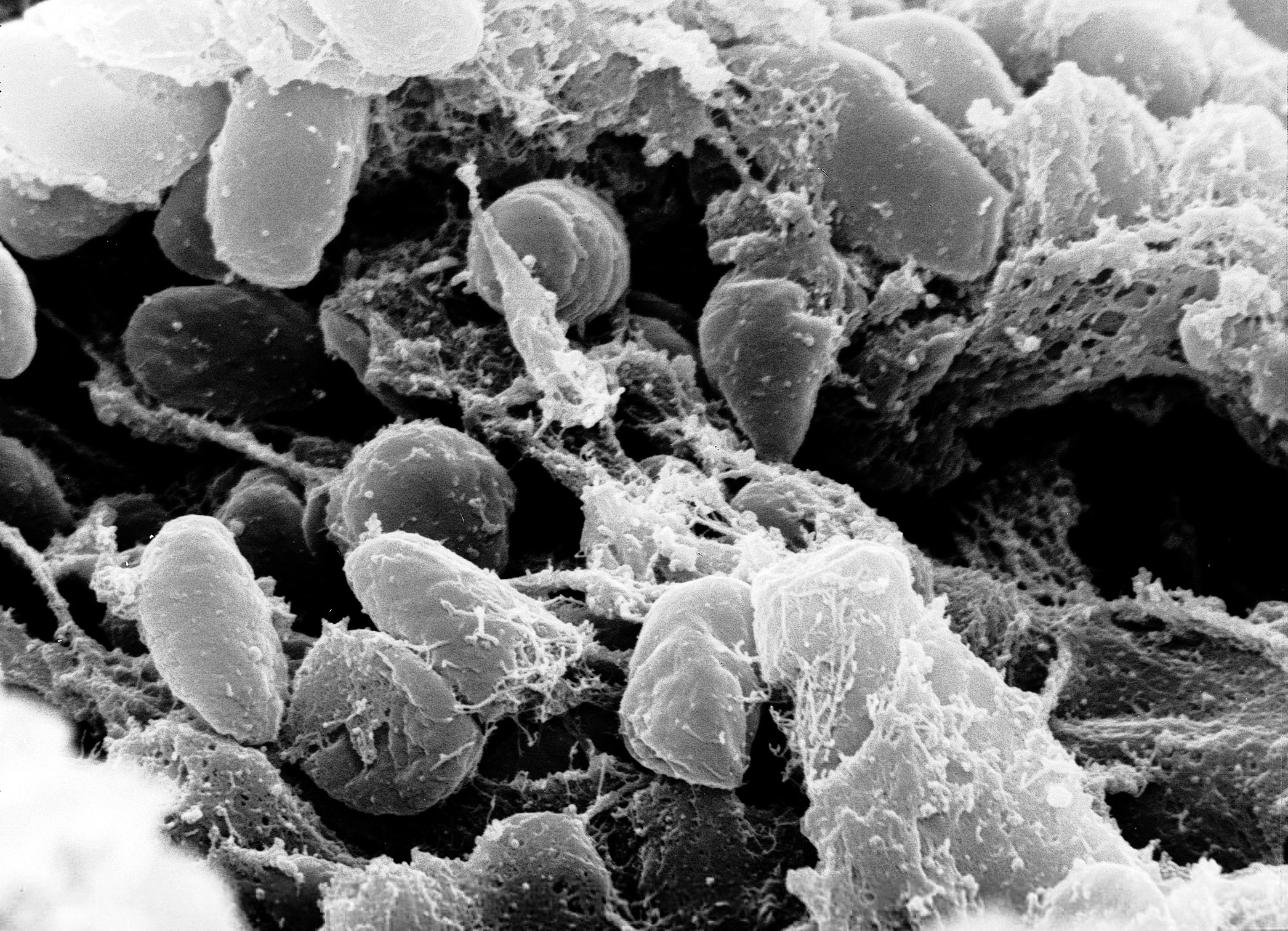Upon hearing about the Cosmos reboot, I was happy not only for that reason but because we really really need something like the revolutionary documentary series from the 1980s to get us back on track. It'll be hosted by Neil deGrasse Tyson, which is awesome, and even though the executive producer is also the mastermind behind the completely unrelated Family Guy series, Seth MacFarlane seems to be pretty serious about this series. In an interview with NYT, he said the original series meant a lot to him as a kid, as “Cosmos addressed questions that every human being has, whether they think about them on a mathematical level or just as a layman. It presented them in a wonderfully candy-coated way for those of us who are not scientists, and yet it didn’t dumb anything down.”
I think this is where the power of the show is going to be, bringing science to the masses in a friendly way. I know I say that a lot, especially considering that's what I want to do in life, but there's something different about a TV show. I don't want to say it's mindless because this sort of thing certainly isn't, especially with how Sagan and now deGrasse Tyson emphasize the spirit of urgency in our human condition, but the people who desperately need to be exposed to this kind of information are the people who aren't going to be willing to pick up a science magazine or read a book about it. Television reaches people in a different way, and those people who need to see this might be more apt to check it out this way.
And as a Firefly flan, I have to say this: Please don't screw this up, FOX.







.jpg)







